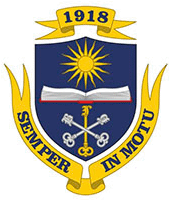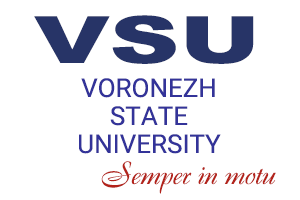A project done by Petr Kuschev, a postgraduate student of the Department of High Molecular Compounds and Colloids of the VSU Faculty of Chemistry, is aimed at studying and creating microgel-based medicinal products to ensure higher effectiveness of the delivery of physiologically active substances in the human body. The work is supervised by Dr. Habil. in Chemistry, Professor Viacheslav Kuznetsov.
– There currently are a great number of various physiologically active substances. However, most of them never become medicinal products. This is largely due to the fact that many of the medicinal substances cannot pass into cells or retain in tissues subjected to therapeutic intervention, or have undesirable side effects. Using medicines placed in polymer nanocontainers offers great opportunities for enhancing their therapeutic properties. A whole new class of polymeric nanoparticles is formed by microgels, which may be used as the most effective delivery agents. Swollen in an aqueous medium, they are able to keep various preparations inside, from the low-molecular ones to biopolymers: proteins and nucleic acids. Apart from that, using special monomers enables us to give microgels the required properties, such as thermal sensibility, pH-sensibility, and biocompatibility. One of such polymers is poly-N-vinylcaprolactam, which has a number of properties: an ability to bond with proteins, enzymes, and colouring agents, biocompatibility, and capacity for thermal deposition at body temperature, noted Petr Kuschev who is involved in he project implementation.
During this work, the team of scholars at VSU synthesized and examined the properties of microgels based on N-vinylcaprolactam for the delivery of anti-cancer medicines, and developed the methods of producing particles of the required size. Due to the fact that in the body they may be subjected to various influences and must be resistant to them, the team examined their stability limits: for the pH-medium, the influence of salts and temperature. The results demonstrated excellent resistance levels in a wide pH range, at a high concentration of salts, as well as the reversibility of compression when heated and cooled.
The VSU scholar's development is extremely significant for biomedicine. The latest research in this area demonstrates that cancerous growths have intercellular spaces which result in vascular permeability and poor metabolite outflow in the lymphatic system. The size of "gaps" in the intercellular junctions of the vessels in the growth depends on the type of growth and its localization and may range from 100 to 780 nanometres (measure of length equalling one billionth part of a metre). Thus, owing to the difference in vessel size in the healthy and tumour tissues, it becomes possible to use target transport and accumulate medicines in the affected region.




